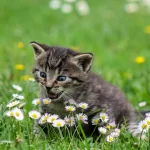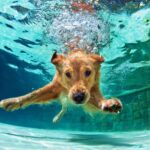A mink is a wild animal that has not been domesticated, although they are farmed and kept for its valuable fur. The mink can be aggressive, they let off a smell similar to that of a skunk, and they require water and aquatic prey to be happy; think twice before keeping one as a pet, especially since they are classified as exotic animals in some states. The European Mink and the American Mink are two species of the weasel family that live in the Northern Hemisphere.
They are prized for their luxurious fur, which attracts a high cost and is a primary reason for the mink being farmed and killed. In the wild, they live up to 10 years, and there are significant differences between the American and the European species.
Their similarity to ferrets means that many people keep or have tried to keep minks as pets, but before you consider trying to domesticate one or buying one that has been bred as a domesticated pet, there are a few things that you need to know about the mink.
While closely related to ferrets, mink have been domesticated for fur farming and not as pets like ferrets and make a very different kind of pet. Minks are semi-aquatic and require a source of water to swim in. They are also very good hunters with much more jaw power than ferrets.
It’s recommended that only experienced exotic animal owners consider purchasing a mink as it can be dangerous and cause injury.
Mink are avid, carnivorous hunters in the wild and will eat any prey it is capable of taking down. A captive kept mink should be provided with a high protein and low carbohydrate diet. This can mean a high quality, high protein ferret or cat food or a raw protein diet. Raw protein diets can sometimes be incomplete and run the risk of spreading bacteria to animals and humans. Providing (killed) whole prey can offer enrichment and essential nutrients for mink.
As with any animal, you should always provide mink with clean drinking water at all times.
It’s incredibly important that a veterinarian capable of caring for mink be found before deciding to keep one. Mink will need a vaccine for distemper and rabies and yearly boosters.
With their high energy and drive to hunt, mink require adequate space to play and stimulation to keep them happy. A multi-level ferret cage might be acceptable at a young age, but activity outside that space will be necessary.
Like any animal, the larger the enclosure and activities similar to their life in the wild that you can provide, the more content your mink will be. Mink are semi-aquatic, they have webbed feet to assist in swimming, and providing them with access to water to swim in is an excellent form of enrichment.
Mink are skilled escape artists and this should be kept in mind when planning to house.
Mink is a native species in many northern states and may require a permit from the Department of Natural Resources (or the equivalent, i.e. Fish and Wildlife, Fish and Game) to keep in captivity in certain states.

Michigan DNR requires wildlife in captivity to be permitted to keep a mink. A call to your state veterinarian’s office will get you the most accurate information on what is required by your state to keep and/or import a mink.
- They have an average lifespan of about 7 years.
- They can be very playful and even affectionate depending on how they are raised.
- They have fewer odors than ferrets.
- Animals purchased young make the best pets.
The mink is a semiaquatic creature. They hunt most of their food by the water’s edge and live by the side of lakes or rivers, so they have the physical characteristics to aid in this watery way of life.
The mink has webbed feet that aid them in gliding through the water without expending masses of energy. They also have a water-repellent coat. The mink can swim distances up to 50 feet, and they are rarely found more than 100 feet away from water.

Webbed feet mean that the animal has a layer of skin or membrane between its toes. The web gives them more resistance so the animal’s feet can push more water behind them. This increases the speed at which the mink moves through the water while reducing the amount of effort that they take to do so.
There are two distinct species of mink: the American and the European mink. Although they are similar in most respects, the biggest difference between the two is size.
American minks weigh up to 1.6kg and measure as long as 70cm, while the European variant weighs just 700g and measures 38cm in length. The American mink is nearly twice the size of its European counterpart.
Minks are carnivores. This means that they eat meat. They will hunt in the water for fish and animals like frogs and salamanders. They will occasionally hunt outside the water and kill mice, voles, and certain aquatic birds and they’re young. They may even kill hares and rabbits, although this is rare.
A baby mink is called a kit. They are born naked and completely blind, and they will remain in the nest until they are fully weaned. Two months after their birth, a baby mink will learn to hunt, and by next fall, they will set off to find their territory.
European minks have a gestation period of up to 72 days and American minks up to 75. Both species will give birth to between one and eight kits. While the American mink may become independent in just 6 weeks, the European will stay with their mother until 3 months of age, possibly 4.
The mink lives in a home called a den, and while they are capable of digging their dens, they will usually adopt the homes of other animals to call their own. They add materials like grass and fur to make the den more comfortable.
The European mink is listed as being critically endangered, which means that half of the population of this small mammal has been lost in the past 10 years and it is believed that 80% of the population will be gone within another decade. The American mink is not considered under threat at all.
The mink’s coat is another reason that the animal is so highly skilled in the water. It is coated in special protective oil that repels water. This prevents the mink from getting waterlogged, makes it easier for them to swim at high speeds, and makes the transition from water to land easier and more comfortable.
Mink fur is considered very valuable and it is used around the world. The cost of the pelt is one of the reasons that minks are farmed. Although mink farmers in most countries adhere to strict rules governing the welfare and killing of the animals, many groups still protest against the farming of minks for fur. Protestors point to inhumane methods used by some farmers and say that the minks are raised solely for their fur, which they consider to be a vanity item.
If you are considering keeping a mink as a pet, do know that they have several defenses if they are startled. They will hiss and growl, and they can even let off a smell that is similar to that of a skunk. They also use this scent as a method of marking territory, so, if you have two or more minks, it can lead to a very unpleasant smell in the home.
The mink may also attack if they feel threatened, and they have sharp teeth and effective claws that can cause more than a little damage to people. The ferocity of a mink is such that they are considered an exotic pet in some states, which means that the keeping of this animal is restricted.
Minks do not make good pets. Even if you managed to adopt a pair of fur-farm rescues, they would require the sort of care and housing you’d give a zoo animal, including a very large outdoor enclosure with a pool. A zoo or wildlife park would have the facilities for mink, but it’s unlikely an individual could cater adequately to their needs. Though they are considered domesticated, due to a century’s worth of fur farming, the fur farmers have never bred them for nice temperaments or for being nice to handle. They breed them for large sizes and nice pelts in desirable colors.

They aren’t much like a ferret, though they’re related to them, and keeping one healthy would be very expensive and challenging, given their need to swim. Also, good luck finding a vet willing to work with a mink – that alone could be a deal killer right there.





